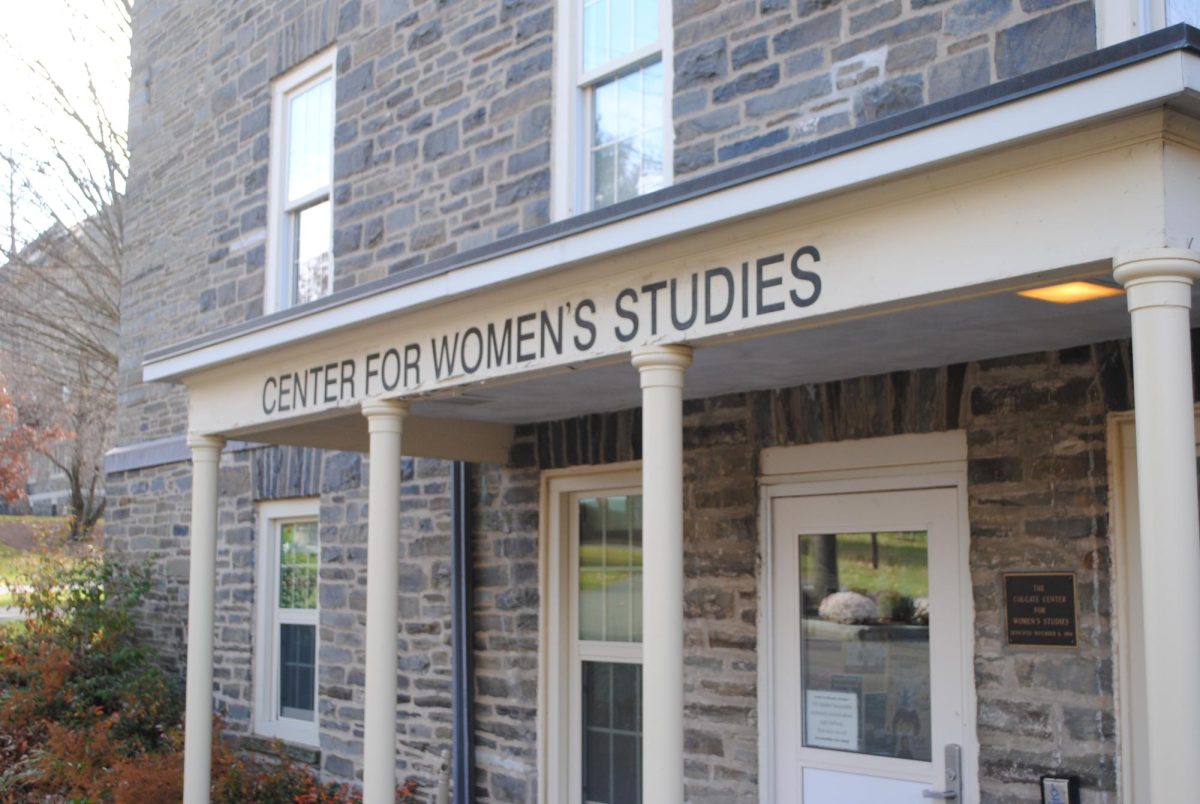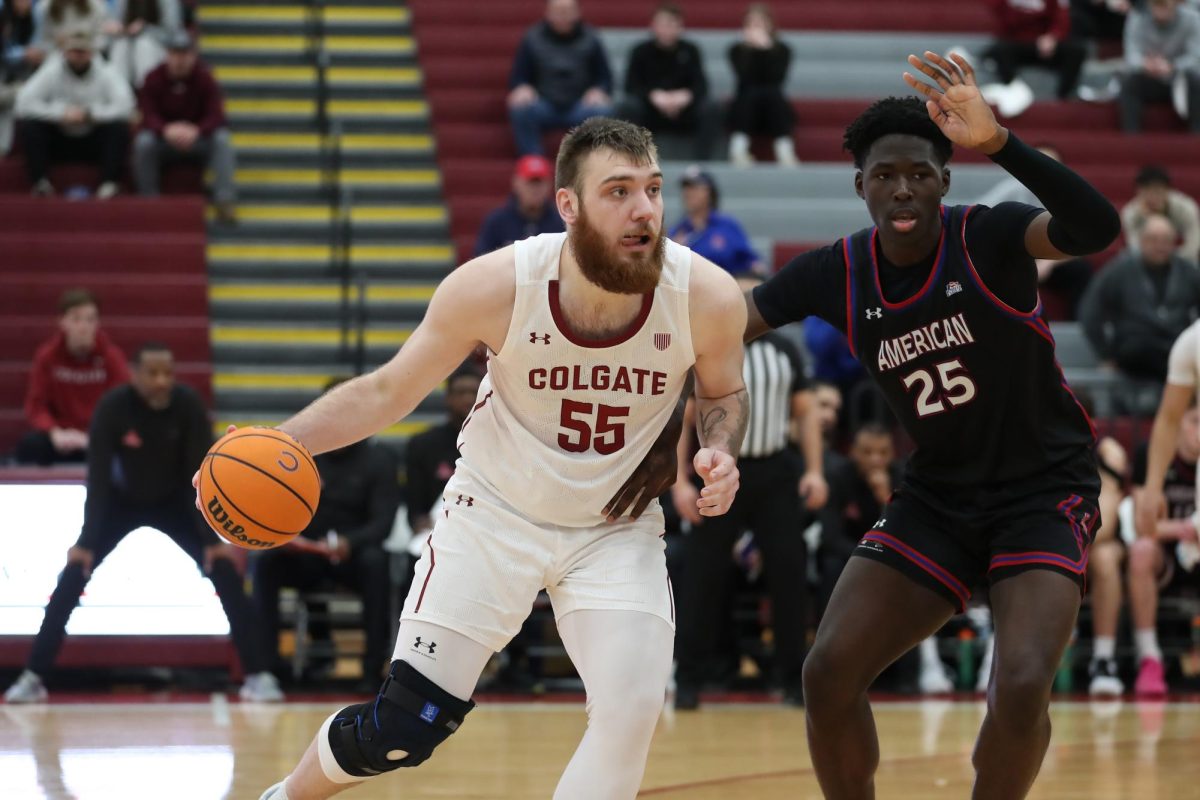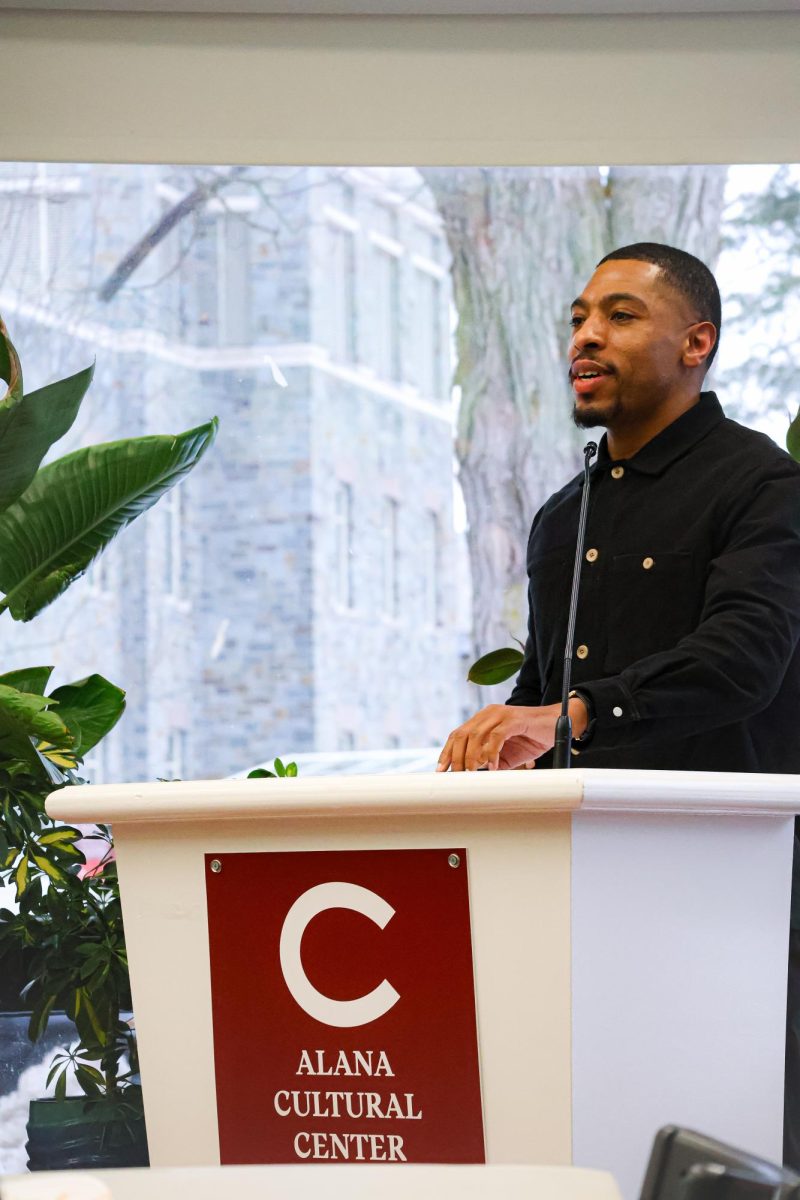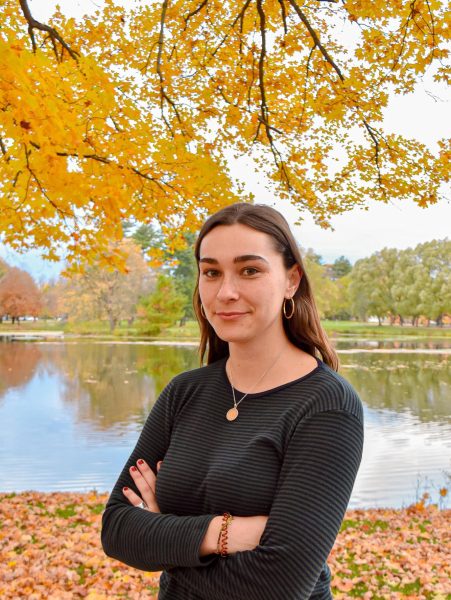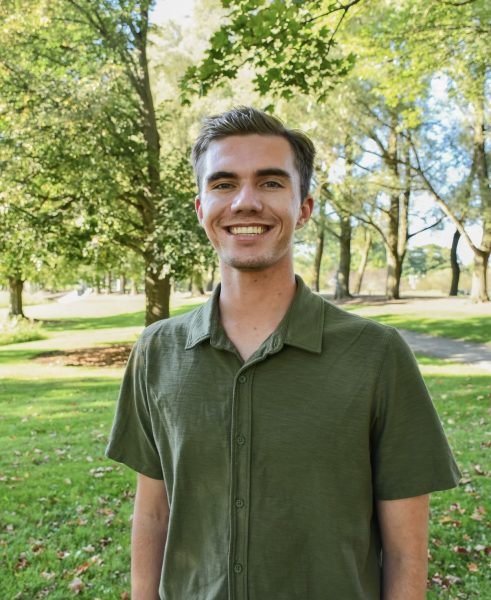The Colgate University Center for Women’s Studies celebrated its 30th anniversary in the fall of 2024, launching a commemorative student activism archival display to inspire Colgate students and faculty to reflect on the history and purpose of the space.
The Center has always been connected to the Women’s, Gender and Sexuality Studies program (WGSS), but additionally holds an extracurricular support role — the Center is home to the LGBTQ+ Initiatives office, LGBTQ Studies and WGSS and hosts brown bag lunches with lectures and presentations each Tuesday. Associate Professor of English and Women’s, Gender and Sexuality Studies and Director of the Women’s, Gender and Sexuality Studies Program Nimanthi Rajasingham explained how the Center was created to serve as an academic, cultural and social space for the Colgate community.
“The Center draws its strengths from our academic programs, but is a space that tries to expand student awareness of these issues in both academic and non-academic ways,” Rajasingham said. “Besides our weekly brown bags, we hold workshops, publish our feminist journal ‘Allegorical Athena’ and we have so many different student groups who meet and feel this is a safe space for them to discuss their identities and struggles.”
Senior Haley June Southwick echoed the idea that the Center is more than an academic space.
“Other than classes or brown bags, the [Center] functions as a cozy study space where I can relax and get work done while I’m up the hill. It’s often a meet-up point with friends or a space to take a quick nap. Finally, the Center has one of the only gender-neutral bathrooms on campus,” Southwick said. “Some semesters, like this one, I am there nearly every day, whether in class, at a brown bag or studying.”
Southwick also noted the role of the Center as a hub for campus activism.
“When social issues arise, the Center is a haven for connection and refuge that allows us to regroup and reenergize so that we can bring our full selves to the rest of campus,” Southwick said.
As part of the 30th anniversary celebrations, the Center hosted a conversation on the history of student activism at Colgate on Monday, Oct. 21. Former student panelists spoke on the 2014 sit-in, in which hundreds of students staged a multiday campus sit-in by James C. Colgate Hall to protest lack of diversity and administrative discrimination against minority students. While the Center did not directly coordinate the sit-in, it had an instrumental role in bringing attention to this kind of activism in the years since. Director of LGBTQ+ Initiatives Lyosha Gorshkov explained the connection between the sit-in and the Center.
“I don’t think it was directly connected to the Center because students just self-organized, but I know some people were supporting them from the professors’ side. And now all the archival documents connected to the Center — I guess the Center kind of has agency over that,” Gorshkov said. “The Center, two years after the sit-in, in 2016, they organized the first panel about the sit-in, so that was within the Center. So by default, it was connected.”
Gorshkov also noticed how the purpose of the Center has changed in the time that Gorshkov has worked at Colgate.
“In those three and half years, it’s changed drastically,” Gorshkov said. “Even the fact that we’re trying to change the name to Women’s, Gender and Sexuality Studies because of the evolving concept of women […] I think the Center is becoming more open to different categories, which traditionally would not be present here.”
Rajasingham further explained how the overarching function that the Center performs has transformed throughout its 30-year history at Colgate.
“Our goal has always been to serve our students, staff and communities and embrace their needs. This is continuous, but if once the category of ‘woman’ was something that the Center felt it needed to protect, I think today, we want to think of how to expand who belongs to the category and to critically dismantle this category as something stable and natural,” Rajasingham said. “I think the character of the Center has changed greatly. We do not center cis-white women, but celebrate our diversity. We include our trans-students, our non-binary students, and as we expand our student body, we embrace our students who are working-class, international, who look for spaces to come together.”
Moving forward, Rajasingham set forth a plan of continuity for the next 30 years of the Center’s existence and beyond.
“I think just teaching students to be active in the world, to critique power, to celebrate one another and be in community remains central to us. We believe that our academic goals are meaningful if they change things in the world. So, our aim is to really connect academic teaching to action in the world,” Rajasingham. “Learning is not just a way to get a job, but also to be critically aware and active citizens of the world.”
Ultimately, Rajasingham wanted the Center to remain a space that fosters a sense of belonging and inclusivity at Colgate. Sophomore Jay Adolphe emphasized the importance of this intention.
“The [Center ] is one of, if not the most, inclusive environments on campus where anyone and everyone is welcome,” Adolphe said. “I genuinely love the Center so much, and I believe it fosters such a positive environment, especially for queer [people] and people of color. I wish there were more spaces on campus similar to the Center. Every time I walk in, I feel an immediate warmth and protection that I don’t feel anywhere else on campus.”
Southwick’s feelings reflected the same understanding about the Center, 30 years in.
“For me, the [Center] is life-giving,” Southwick said. “It is a sacred space somehow removed from the rest of campus.”


